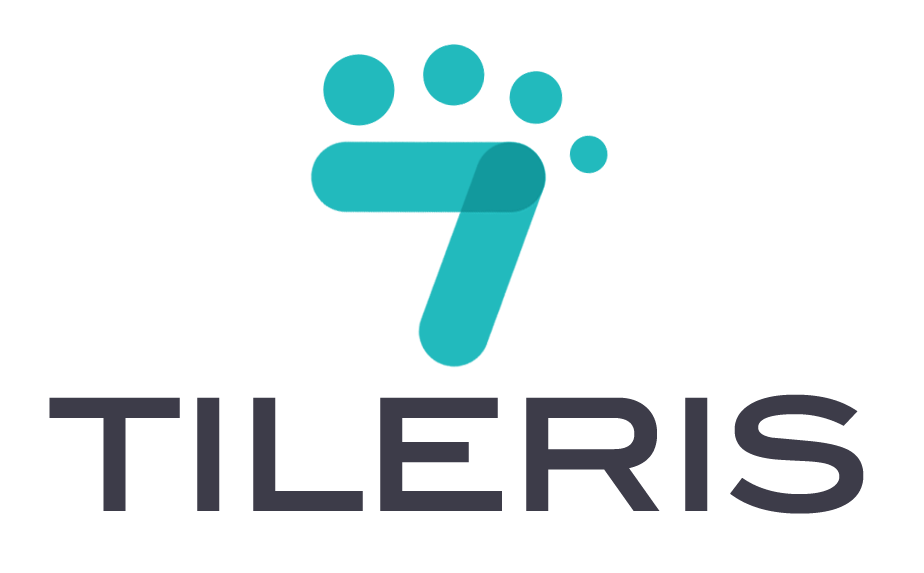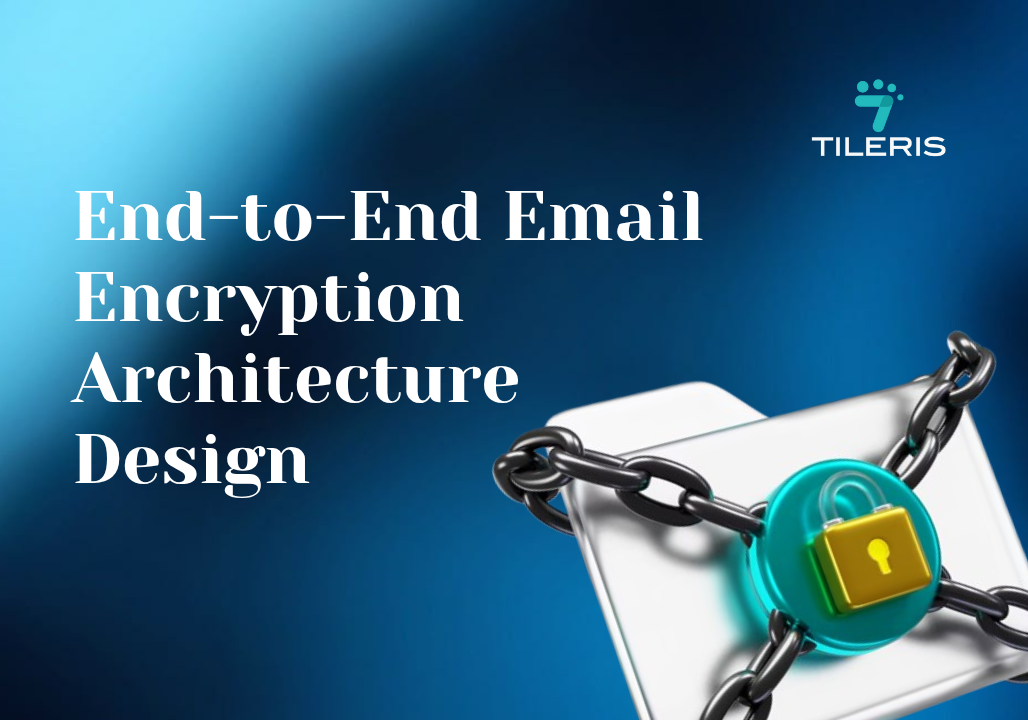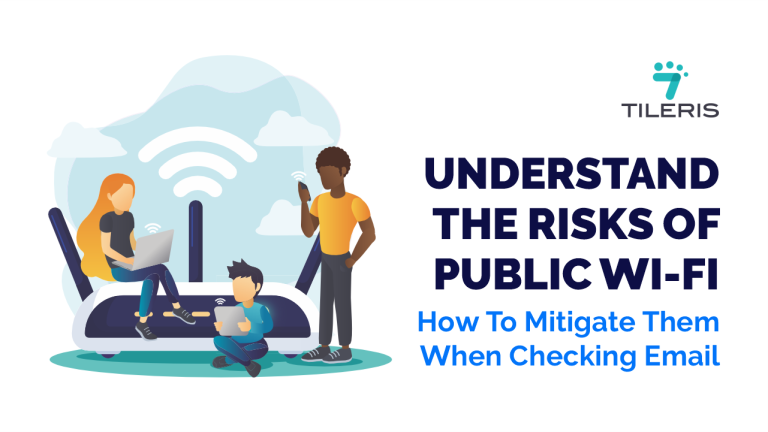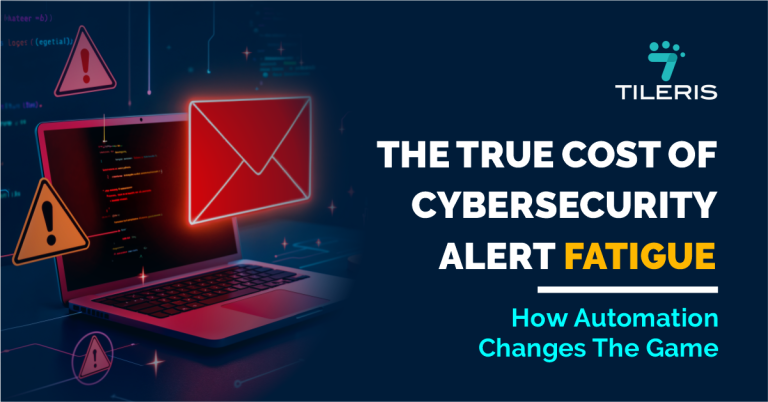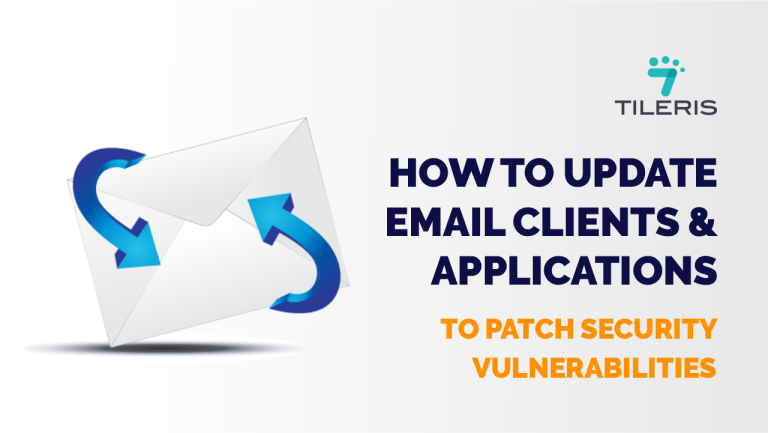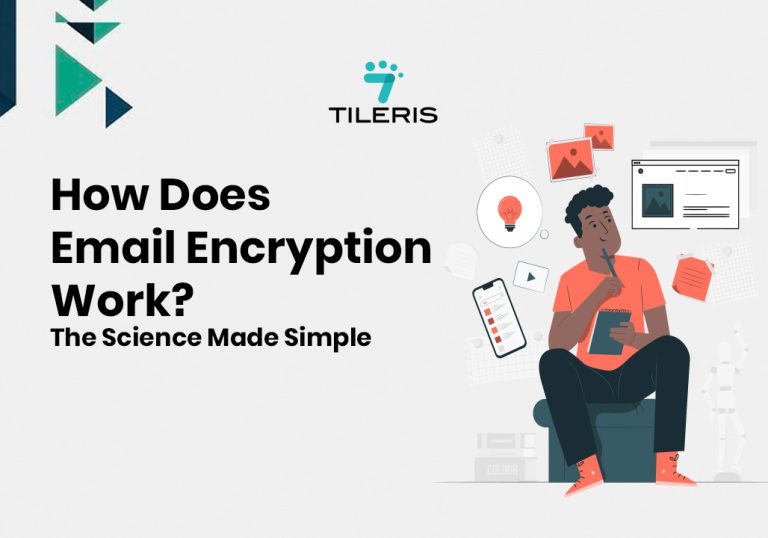End-to-End Email Encryption Architecture Design
Introduction
End-to-end email encryption represents the pinnacle of email security, ensuring that only the intended sender and recipient can read message contents. Unlike transport-layer encryption (TLS) that only protects emails in transit between servers, end-to-end email encryption provides cryptographic protection from the moment a message is composed until it reaches the recipient’s device, maintaining confidentiality even if intermediary servers are compromised.
This End-to-end email architecture approach addresses fundamental security challenges in email communication, including man-in-the-middle attacks, server-side data breaches, and unauthorized access by email service providers. By implementing robust end-to-end email encryption, organizations can achieve compliance with regulations such as GDPR, HIPAA, and SOX while protecting sensitive communications from sophisticated threat actors.
The Core Architecture Components
Cryptographic Foundation
The End-to-end email architecture relies on hybrid cryptography, combining symmetric and asymmetric encryption algorithms. The system typically employs AES-256 for symmetric encryption due to its computational efficiency and proven security, while RSA-4096 or Elliptic Curve Cryptography (ECC) with P-384 curves handle asymmetric operations. This hybrid approach maximizes both security and performance, as symmetric encryption handles bulk data encryption while asymmetric encryption secures key exchange and digital signatures.
Advanced implementations incorporate post-quantum cryptographic algorithms such as CRYSTALS-Kyber for key encapsulation and CRYSTALS-Dilithium for digital signatures, preparing for future quantum computing threats. The architecture must support cryptographic agility, allowing seamless algorithm transitions without disrupting existing communications.
Key Management Infrastructure
The key management system forms the backbone of end-to-end email encryption architecture. Each user maintains a keypair consisting of a private key stored securely on their device and a public key distributed through a Public Key Infrastructure (PKI) or Web of Trust model. The architecture implements hierarchical key structures with master keys, subkeys for encryption, and separate subkeys for digital signatures.
Key escrow mechanisms may be implemented for enterprise environments, allowing authorized recovery of encrypted communications while maintaining user privacy. This involves splitting keys using Shamir’s Secret Sharing scheme or implementing threshold cryptography where multiple parties must collaborate for key recovery.
Certificate authorities or distributed key directories facilitate public key distribution and verification. Modern implementations utilize Certificate Transparency logs and key pinning mechanisms to prevent man-in-the-middle attacks during key exchange. The architecture supports key rotation policies, automatically generating new keypairs at predetermined intervals while maintaining backward compatibility for decrypting historical messages.
Message Processing Pipeline
The End-to-end email encryption pipeline begins with message composition, where the client generates a unique symmetric session key for each message. This session key encrypts the message content using authenticated encryption with associated data (AEAD) algorithms like AES-GCM or ChaCha20-Poly1305, providing both confidentiality and integrity protection.
The architecture implements cryptographic metadata handling, encrypting headers that might reveal sensitive information such as subject lines, recipient lists, and timestamps. Advanced implementations use format-preserving encryption to maintain compatibility with existing email infrastructure while obscuring metadata patterns.
Digital signatures are generated using the sender’s private signing key, providing non-repudiation and authenticity verification. The signature covers both the message content and critical headers, preventing tampering during transmission. Multi-signature schemes may be implemented for high-security environments requiring multiple authorization levels.
System Design Principles
Scalability Architecture
End-to-end email encryption systems must handle millions of users while maintaining performance and security standards. The architecture employs distributed key servers with eventual consistency models, utilizing technologies like distributed hash tables (DHT) or blockchain-based key registries for decentralized key management.
Load balancing strategies distribute encryption operations across multiple servers, with GPU acceleration for computationally intensive operations. The system implements caching mechanisms for frequently accessed public keys and certificate validation results, reducing latency and server load.
Horizontal scaling involves partitioning users across multiple encryption domains while maintaining interoperability. Cross-domain key exchange protocols enable secure communication between different organizational boundaries or service providers.
Interoperability Framework
The architecture supports multiple encryption standards including OpenPGP (RFC 4880), S/MIME (RFC 8551), and proprietary formats. Protocol negotiation mechanisms automatically select the strongest mutually supported encryption method between communicating parties.
Format conversion services translate between different encryption standards, enabling communication across heterogeneous email environments. The system maintains compatibility matrices tracking supported algorithms and versions across different client implementations.
Legacy system integration involves proxy services that upgrade unencrypted communications to encrypted formats when possible, while maintaining fallback mechanisms for systems that don’t support encryption.
Security Controls
Defense-in-depth strategies implement multiple security layers including client-side encryption, secure key storage using hardware security modules (HSMs) or Trusted Platform Modules (TPMs), and secure enclaves for key operations. The architecture incorporates zero-knowledge proofs for key verification without revealing sensitive information.
Access control mechanisms enforce encryption policies, preventing unauthorized access to private keys and ensuring proper key usage. Multi-factor authentication protects key access, with biometric verification and hardware tokens providing additional security layers.
Audit logging tracks all cryptographic operations, key generation, and access attempts, providing forensic capabilities for security incident response. The system implements automated threat detection, identifying anomalous encryption patterns or potential attacks.
Key Exchange Mechanisms
Asymmetric Key Exchange
The Diffie-Hellman key exchange protocol enables secure session key establishment between previously unknown parties. The architecture implements Ephemeral Elliptic Curve Diffie-Hellman (ECDHE) with curve25519 for optimal security and performance. This elliptic curve provides equivalent security to RSA-3072 while requiring significantly less computational resources.
Key exchange protocols incorporate authentication mechanisms to prevent man-in-the-middle attacks. The Station-to-Station protocol combines Diffie-Hellman key exchange with digital signatures, ensuring both key secrecy and mutual authentication. Advanced implementations use the Signal Protocol’s Double Ratchet algorithm, providing forward secrecy and post-compromise security through continuous key derivation.
The architecture supports key agreement protocols like Elliptic Curve Integrated Encryption Scheme (ECIES), which combines key exchange, encryption, and message authentication in a single operation. This approach simplifies implementation while maintaining security properties.
Pre-Shared Key Systems
For high-security environments, pre-shared key (PSK) mechanisms provide additional authentication layers. The architecture supports PSK distribution through out-of-band channels, including QR codes, secure USB tokens, or voice verification systems. These mechanisms complement asymmetric key exchange, providing defense against quantum computing attacks on public key cryptography.
Key derivation functions like PBKDF2, scrypt, or Argon2 transform human-memorable passwords into cryptographic keys. The system implements adaptive key strengthening, automatically adjusting iteration counts based on available computational resources and security requirements.
Quantum-Resistant Key Exchange
Post-quantum key exchange mechanisms prepare the architecture for quantum computing threats. The system implements hybrid approaches combining classical and post-quantum algorithms, ensuring security against both current and future attack vectors.
CRYSTALS-Kyber key encapsulation provides quantum-resistant key exchange, while maintaining reasonable key sizes and computational requirements. The architecture supports algorithm agility, enabling seamless transition to new post-quantum standards as they emerge.
Quantum key distribution (QKD) integration enables ultimate security for high-value communications, though practical implementation remains limited to specialized environments with dedicated quantum communication infrastructure.
Forward Secrecy Implementation
Ephemeral Key Generation
Forward secrecy ensures that compromise of long-term private keys doesn’t compromise previously encrypted communications. The architecture generates ephemeral keypairs for each communication session, using cryptographically secure random number generators with multiple entropy sources including hardware random number generators, system entropy pools, and timing-based randomness.
Key derivation chains implement the Double Ratchet algorithm, continuously generating new encryption keys from previous keys while maintaining the ability to decrypt historical messages. This approach provides both forward secrecy (protection of past communications) and future secrecy (protection of future communications if current keys are compromised).
The system implements automatic key deletion policies, securely erasing ephemeral keys after predetermined time intervals. Memory protection mechanisms prevent key extraction through memory dumps or cold boot attacks, using techniques like memory encryption and secure key storage in hardware enclaves.
Session Key Management
Session key hierarchies organize encryption keys into logical structures supporting both individual and group communications. Root keys derive session keys through key derivation functions, with separate derivation paths for different communication contexts.
The architecture implements key rotation schedules, automatically generating new session keys based on time intervals, message counts, or security events. Rotation policies balance security with operational requirements, ensuring transparent key updates without disrupting ongoing communications.
Key synchronization mechanisms maintain consistency across multiple devices and platforms, using secure channels to distribute updated keys while preserving forward secrecy properties. The system handles offline scenarios, pre-generating key material for devices that may not have continuous network connectivity.
Secure Key Deletion
Cryptographic key lifecycle management ensures secure key destruction when keys are no longer needed. The architecture implements secure deletion procedures that overwrite key material multiple times with random data, preventing recovery through data forensics techniques.
Memory management strategies protect keys during runtime, using secure memory allocation that prevents swapping to disk and implements automatic memory clearing. The system employs guard pages and canary values to detect memory corruption attacks targeting key storage areas.
Hardware-based key storage utilizes secure elements, TPMs, or HSMs to protect keys against physical attacks. These hardware modules provide tamper-resistant key storage and perform cryptographic operations without exposing key material to software layers.
Advanced Security Features
Metadata Protection
End-to-end email encryption architectures implement sophisticated metadata protection mechanisms to prevent traffic analysis attacks. The system encrypts message headers including sender, recipient, subject, and timestamp information, using format-preserving encryption to maintain compatibility with email infrastructure.
Padding mechanisms randomize message lengths, preventing attackers from inferring message content based on size patterns. The architecture implements traffic shaping, introducing dummy messages and timing delays to obscure communication patterns.
Anonymous routing protocols like Tor or mixnets provide additional metadata protection, obscuring the source and destination of encrypted communications. The system supports onion routing for email delivery, encrypting messages through multiple relay nodes before reaching recipients.
Anti-Replay Protection
Message replay protection prevents attackers from retransmitting previously captured encrypted messages. The architecture implements nonce-based mechanisms, including unique message identifiers and timestamp verification to detect replayed messages.
Sequence number protocols maintain message ordering and detect missing or duplicated messages. The system uses sliding window techniques to handle network delays and out-of-order message delivery while maintaining replay protection.
Challenge-response mechanisms verify message freshness, requiring recipients to acknowledge message receipt with cryptographically signed responses. This approach provides strong replay protection while maintaining email’s asynchronous communication model.
Compromise Recovery
Post-compromise security mechanisms enable recovery from key compromise scenarios. The architecture implements key healing properties, where new key material is generated independently of potentially compromised keys, restoring security without requiring complete system reinitialization.
Intrusion detection systems monitor for signs of key compromise, including unusual encryption patterns, unauthorized key access attempts, or anomalous message flows. Automated response mechanisms can trigger key rotation or system isolation when compromise is detected.
Recovery protocols enable secure communication restoration after compromise events, using out-of-band key verification and multi-party key generation to reestablish trust relationships between communicating parties.
Implementation Considerations
Client-Side Architecture
Client applications implement secure key storage using operating system keystores, hardware security modules, or dedicated cryptographic libraries. The architecture separates key management from message processing, enabling secure key operations in isolated execution environments.
User interface design balances security with usability, providing transparent encryption while offering advanced controls for security-conscious users. The system implements secure key backup and recovery mechanisms, enabling users to restore access to encrypted communications across devices.
Cross-platform compatibility ensures consistent security properties across different operating systems and email clients. The architecture supports plugin architectures for existing email clients, enabling end-to-end encryption without requiring complete application replacement.
Server-Side Components
Server architecture implements zero-knowledge designs where servers cannot access plaintext message content or private keys. The system provides message relay services, key distribution, and certificate validation without compromising end-to-end encryption properties.
Distributed server architectures enhance availability and resilience against attacks. The system implements consensus mechanisms for key validation and message ordering, using Byzantine fault tolerance algorithms to maintain security even when some servers are compromised.
API design enables integration with existing email infrastructure while maintaining security properties. RESTful interfaces provide secure key exchange and message delivery services, with comprehensive authentication and authorization controls.
Performance Optimization
Cryptographic Acceleration
Hardware acceleration utilizes specialized processors for cryptographic operations, including AES-NI instructions for symmetric encryption and elliptic curve acceleration for asymmetric operations. The architecture implements GPU-based parallel processing for bulk encryption operations and key generation.
Algorithmic optimizations include precomputation of frequently used cryptographic values, batch processing of multiple encryption operations, and optimized implementations of cryptographic primitives. The system utilizes vectorized instructions and parallel processing capabilities of modern processors.
Caching strategies store frequently accessed public keys, certificate validation results, and cryptographic parameters to reduce computational overhead. The architecture implements intelligent prefetching, anticipating cryptographic operations based on user behavior patterns.
Bandwidth Optimization
Message compression techniques reduce encrypted message sizes while maintaining security properties. The system implements entropy-preserving compression algorithms that don’t leak information about plaintext content through compression ratios.
Differential synchronization protocols minimize bandwidth usage for message updates and key distribution. The architecture supports delta compression, transmitting only changes between message versions rather than complete messages.
Protocol optimization includes header compression, efficient binary encoding, and streaming encryption for large messages. The system implements adaptive quality of service, adjusting security parameters based on network conditions and performance requirements.
Deployment Strategies
Enterprise Integration
Enterprise deployment involves integration with existing email infrastructure, directory services, and security management systems. The architecture supports centralized key management while maintaining end-to-end encryption properties, using enterprise PKI and certificate authorities for key distribution.
Policy enforcement mechanisms ensure compliance with organizational security requirements, including mandatory encryption for sensitive communications and audit logging for regulatory compliance. The system supports role-based access controls and delegation mechanisms for key management responsibilities.
Backup and disaster recovery procedures ensure business continuity, with secure key escrow systems enabling message recovery while maintaining user privacy. The architecture implements high availability designs with redundant servers and automatic failover mechanisms.
Cloud Service Integration
Cloud deployment strategies leverage scalable infrastructure while maintaining security properties. The architecture implements confidential computing techniques, using secure enclaves and trusted execution environments to protect keys and encryption operations in cloud environments.
Multi-cloud architectures distribute components across different cloud providers, reducing vendor lock-in and improving resilience against provider-specific attacks. The system implements secure inter-cloud communication protocols and cross-cloud key synchronization mechanisms.
Hybrid cloud deployments combine on-premises key management with cloud-based message processing, enabling organizations to maintain control over sensitive key material while leveraging cloud scalability for message handling.
Compliance and Regulatory Considerations
Data Protection Regulations
GDPR compliance requires implementing privacy-by-design principles, including data minimization, purpose limitation, and user consent management. The architecture provides users with control over their encrypted communications, including the right to access, modify, and delete their data.
HIPAA compliance for healthcare communications requires additional safeguards including access logging, encryption key management, and breach notification procedures. The system implements technical safeguards including automatic logoff, encryption of data at rest and in transit, and access controls.
Financial services regulations like SOX and PCI DSS require specific controls for encryption key management, audit logging, and data retention. The architecture implements compliance frameworks that automatically generate required reports and maintain audit trails.
Legal and Jurisdictional Issues
Cross-border communication requires consideration of different national encryption regulations and export controls. The architecture implements geo-location awareness, adapting encryption algorithms and key sizes based on sender and recipient locations.
Lawful access mechanisms balance user privacy with legal requirements, implementing secure key escrow systems that enable authorized access while maintaining end-to-end encryption properties. The system supports warrant-based access controls and audit logging for law enforcement interactions.
Data sovereignty requirements may mandate specific encryption algorithms, key storage locations, or processing restrictions. The architecture implements policy engines that automatically enforce jurisdiction-specific requirements based on user location and data classification.
Future Developments
Quantum-Safe Cryptography
Transition to post-quantum cryptographic algorithms requires careful planning and implementation. The architecture supports hybrid approaches that combine classical and post-quantum algorithms, ensuring security against both current and future threats.
Quantum key distribution integration enables ultimate security for high-value communications, though practical deployment remains limited. The system implements quantum-safe protocols that provide security guarantees against quantum computing attacks.
Cryptographic agility ensures seamless transition to new algorithms as they are standardized and deployed. The architecture supports automatic algorithm negotiation and backward compatibility with existing encrypted communications.
Artificial Intelligence Integration
AI-powered threat detection analyzes communication patterns to identify potential security threats and attacks. The system implements machine learning algorithms that detect anomalous encryption patterns, key compromise indicators, and social engineering attempts.
Automated key management uses AI to optimize key rotation schedules, predict security requirements, and automate compliance reporting. The architecture implements intelligent threat response systems that can automatically isolate compromised systems and initiate recovery procedures.
Privacy-preserving machine learning techniques enable AI analysis while maintaining end-to-end encryption properties, using techniques like homomorphic encryption and secure multi-party computation.
Blockchain and Distributed Ledger Integration
Blockchain-based key management provides tamper-proof key distribution and certificate transparency. The architecture implements distributed key registries that prevent man-in-the-middle attacks and provide auditable key management operations.
Smart contract integration enables automated key management policies, compliance enforcement, and incident response procedures. The system implements decentralized governance mechanisms for key management decisions and security policy updates.
Consensus mechanisms ensure distributed agreement on key management operations while maintaining performance and scalability requirements. The architecture supports various consensus protocols including proof-of-stake and practical Byzantine fault tolerance.
Conclusion
End-to-end email encryption architecture represents a critical evolution in secure communication systems, providing comprehensive protection against evolving cyber threats while maintaining operational efficiency and user accessibility through hybrid cryptographic systems, ephemeral key generation, and advanced forward secrecy mechanisms that create robust security frameworks protecting communications from both current and future attack vectors. The integration of post-quantum cryptographic algorithms, quantum-resistant key exchange protocols, sophisticated metadata protection, and anti-replay mechanisms ensures long-term security sustainability while addressing advanced persistent threats, and the successful deployment requires careful balance between security, performance, and usability considerations with scalable architecture designs supporting millions of users while maintaining cryptographic integrity.
To take your cybersecurity to the next level, proceed to downloading our free security checklist, it’s packed with simple steps to help you stay protected online. And for more contents like this just head over to tileris.com.
If you’re looking for more hands-on support or more cyber security contents like this contact us, you can also request a free consultation with our AI agents, our experts are ready to guide you. Or, if you’d rather see how Tileris works in real time, go ahead and request a demo through our contact form.
